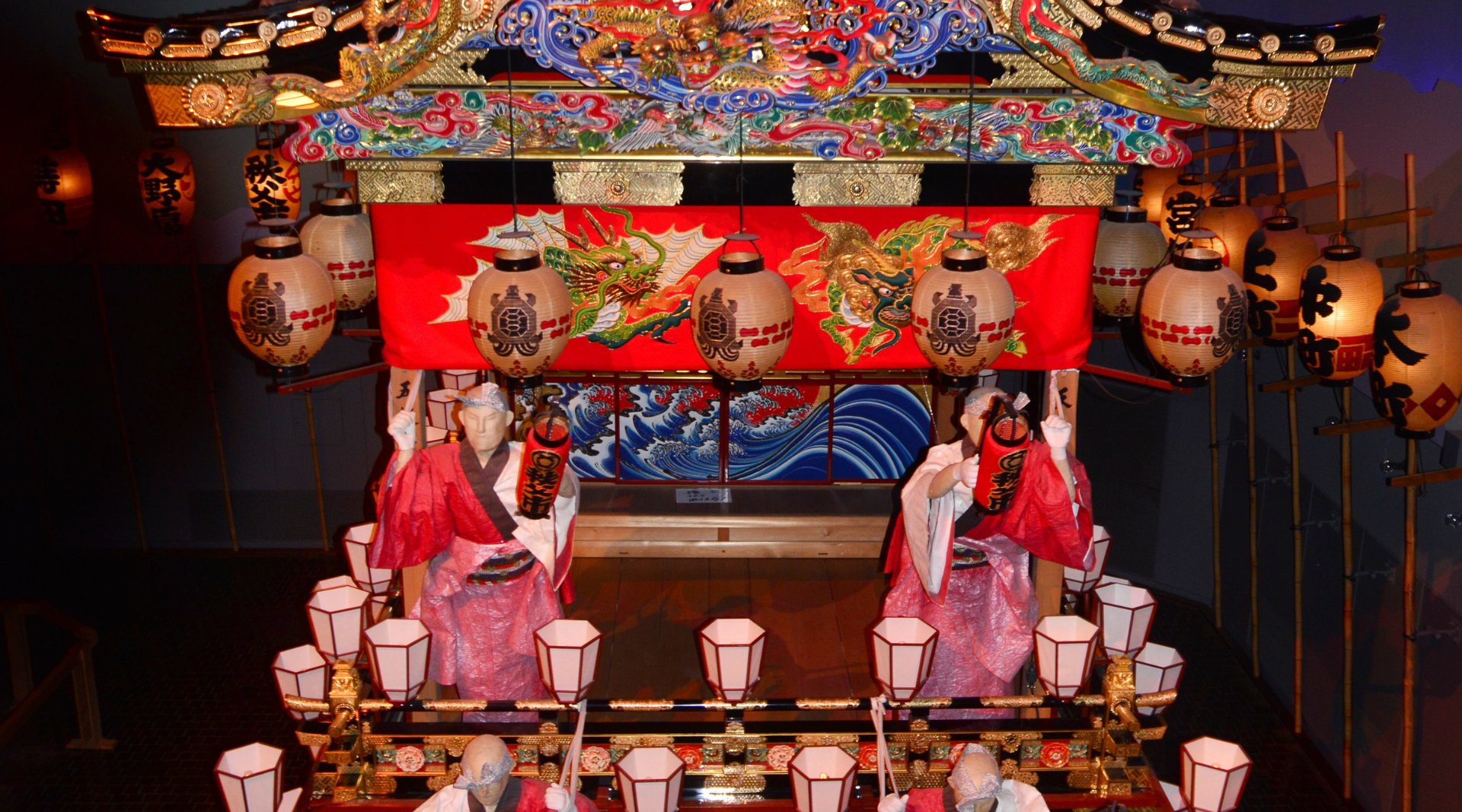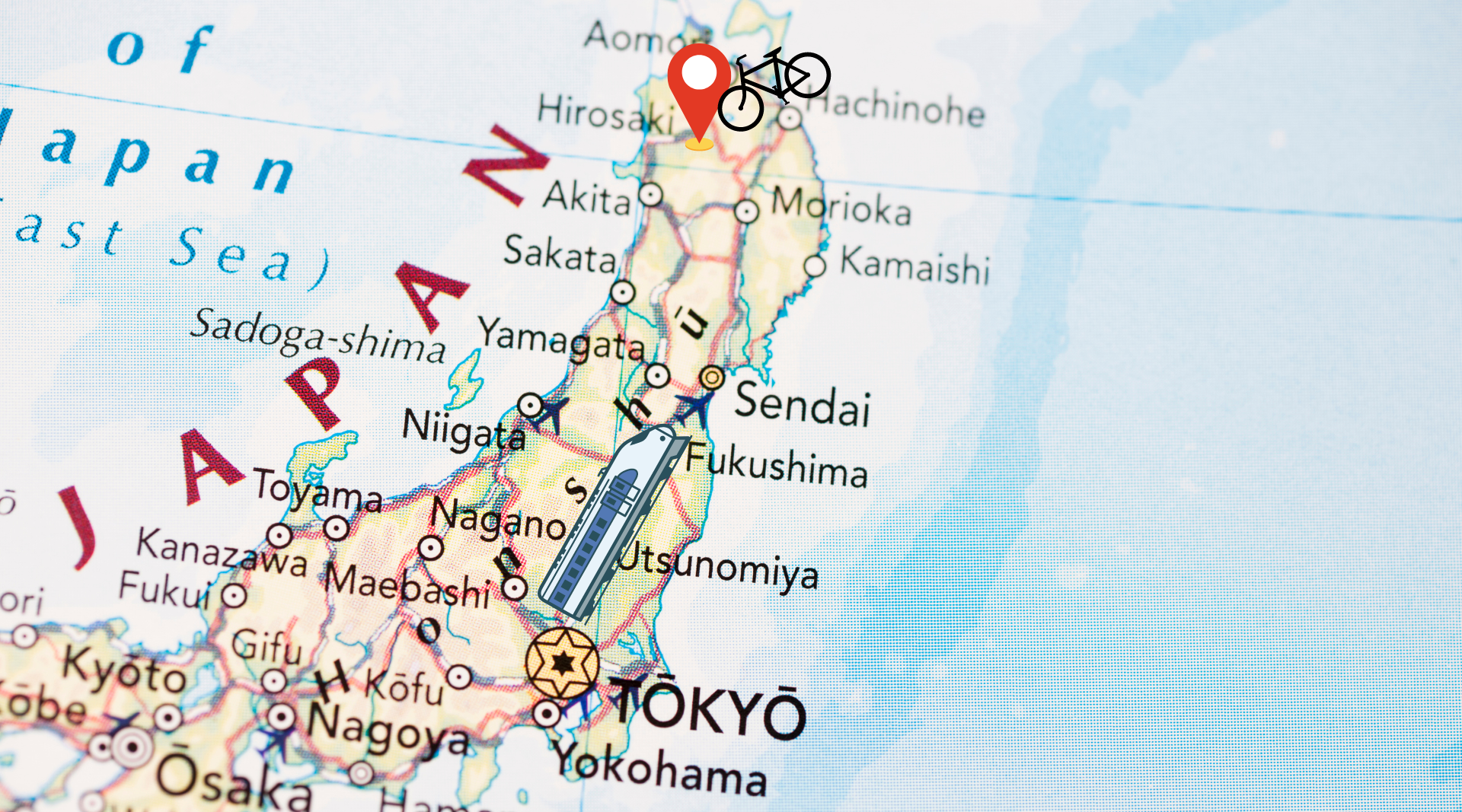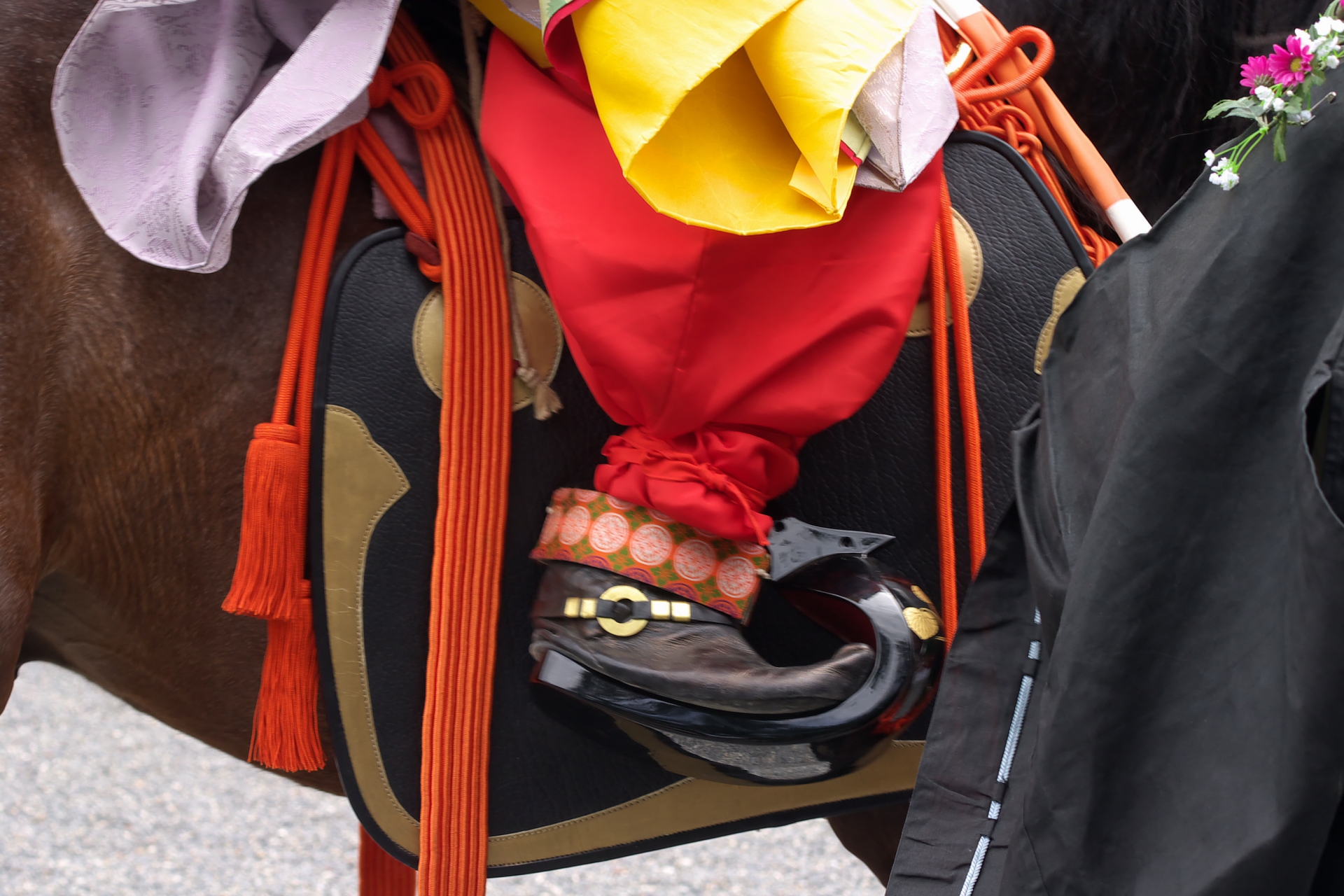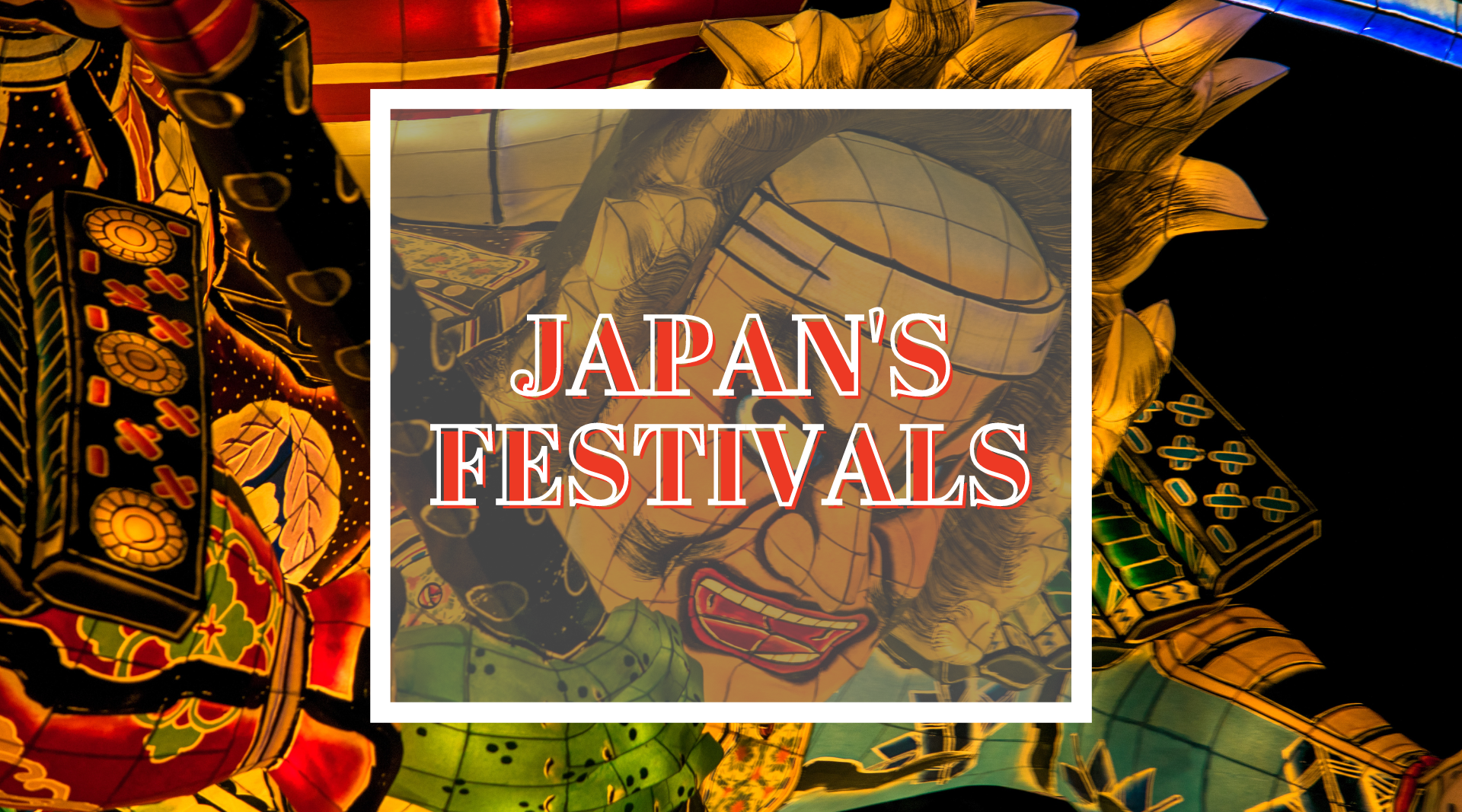There are many festivals, ranging from small to large, held throughout the country. You are lucky if you encounter one of them by chance because they convey traditions that are almost forgotten in modern times.
Here, we selected popular festivals. Some are energetic, and some are known for their beauty and solemnity. Artworks are intricate and delicate. The festivals feature traditional performances, costumes, and food, and they are all deeply rooted in Japanese history and tradition.
Also, visitors can meet and interact with Japanese people, which can be a great way to learn more about the country and its culture.
Let us introduce five festivals that are worth seeing in Japan.
*The dates of the festivals are subject to changes, so please check the homepage of each festival when you visit.
Sanja Matsuri (Tokyo) (Spring)

When:May 19th, 20th, and 21st 2023
The first one we introduce is the Sanja Matsuri (三社祭, literally “Three Shrine Festival”).
The Sanja Matsuri takes place in Asakusa the 3rd weekend of May, in Tokyo, every year from Friday to Sunday, and is one of the biggest annual festivals in Asakusa.
This Japanese festival, called matsuri, takes place in the honor of the 3 men at the origin of the Senso-ji temple: Hinokuma Hamanari, Hinokuma Takenari, and Hajino Nakamoto. It is above all a religious festival with a Shinto connotation.
One of the main attractions of the Sanja Matsuri is the mikoshi parade, which involves carrying portable shrines through the streets of Asakusa, where the Sensoji Temple is located. The mikoshis are adorned with ornate decorations and are carried by groups of men who shout and chant as they carry the shrines through the crowded streets. The parade is accompanied by music using traditional Japanese instruments and dancing of children to the elderly. It is a colorful and energetic spectacle in that you want to take many photos.
Another attraction of the Sanja Matsuri is the street food stalls that line the festival area. You can experience a special festive atmosphere at the food stalls with local people. They are friendly and energetic. If you happen to be in Tokyo around this time of the year, plan a day to visit the festival.
(https://www.asakusajinja.jp/en/sanjamatsuri/)
Chichibu Yomatsuri (Near Tokyo)(Winter)

When:December 2nd and 3rd 2023
The second famous festival is Chichibu Yomatsuri (秩父夜祭) a fantasy night festival.
It takes place in Saitama, near Tokyo. It is a night festival dating back at least 350 years that takes place every year on December 2 and 3 and is one of the most spectacular events in the Kanto region.
The festival attracts a lively crowd of visitors who witness the parade of 6 huge floats weighing 10 to 20 tons on the main avenue of Chichibu, to the rhythm of drums and flutes.
Things not to miss during this festival are :
– Attend performances while drinking local sake
– Fireworks that last for several hours on the third day.
– The spectacle of floats being pulled on Dango Hill
The Chichibu Yomatsuri is considered one of the three major Japanese float festivals, along with the Gion Matsuri in Kyoto and the Takayama Matsuri in Takayama, Gifu Prefecture. It is the only one that takes place in winter.
(http://www.chichibuji.gr.jp/event/yomatsuri/)
Hirosaki Neputa Festival (North of Japan)(Summer)

When: August 1st to 7th 2023
The third festival we will talk about is the Neputa Festival in Hirosaki (弘前ねぷたまつり).
Nebuta Festival is the most important of the three major festivals in the Tohoku Region celebrating Obon. In Japan, Obon refers to an annual holiday when the spirits of families and ancestors travel back to this world. It takes place every year in the city of Hirosaki, from August 2 to 7.
We can see gigantic and colorful floats with lanterns, accompanied by large taiko drums, musicians, and dancers.
The lantern floats are pushed along the streets making their way through the crowd. The festival floats are displayed during the day before being used in the evening so that visitors can see them up close and have the opportunity to meet their creators.
The Hirosaki Neputa Matsuri Festival takes place in the streets surrounding Hirosaki Castle.
(https://www.hirosaki-kanko.or.jp/edit.html?id=cat02_summer_neputa)
Aoi Matsuri (Kyoto)(Summer)

When: May 15th, 2023
The fourth festival we will talk about is the Aoi Matsuri(葵祭).
The Aoi Matsuri, or Hollyhock Festival, is a pious purification festival inherited from the Japanese ancestral tradition, still celebrated in the Kamo temples in Kyoto.
Aoi Matsuri enlivens the center of Kyoto on May 15 every year.
This festival is held every year at Kamigamo and Shimogamo shrines. The origin of the festival goes back approximately thousand four hundred years.
This procession is a real spectacle. It is led by a messenger on horseback carrying a golden sword, followed by his attendants, plows pulled by oxen.
Several anecdotes about this festival :
-Each year, about 500 participants parade in the Heian era (794-1185) clothes
-The central character of the festival, the Saio, wears a silk kimono weighing 30 kilograms.
The Aoi Matsuri festival takes place in downtown Kyoto and is easily accessible
Kanda Matsuri (Tokyo)(Spring)

When: Mid-May 2023
Finally, the festival we will talk about is Kanda matsuri(神田祭).
Kanda Matsuri is a Shinto festival held in the middle of May during odd years in the center of Tokyo. It is one of the three most important in the capital and Japan. Kanda Myojin Shrine in Chiyoda Ward is the starting point.
Kanda Matsuri, initially called Tenka Matsuri (festival of power), was born from the will of the shogun Tokugawa Ieyasu.
Currently, the celebrations take place over a week. Two particularly lively days are organized on the weekend closest to May 15, only in odd years.
The main Shinkosai procession takes place on Saturday. Three mikoshis travel a route of about thirty kilometers in the old lower town of Tokyo.
We can see:
- Men carrying Mikoshi dance, jump, and sing.
- Decorated floats with a surprise appearance, illustrating legends or Nô plays.
- Horsemen in samurai outfits, or other participants in traditional Heian-era clothing.
Note that it is not easy to move to follow the processions on both days of the weekend. So be careful if you go there!
(https://www.kandamyoujin.or.jp/kandamatsuri/)
Enjoy!

You can have a unique and exciting cultural experience if you are interested in traditional Japanese culture by participating in one of the country’s most famous festivals.
Please enjoy the festival’s festive atmosphere, traditional music and dance, and the stunning beauty of the decorated floats and fireworks.



